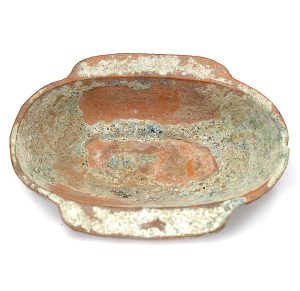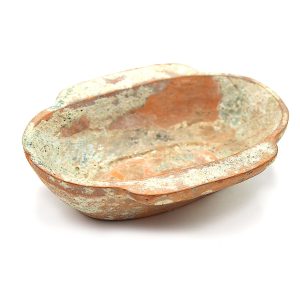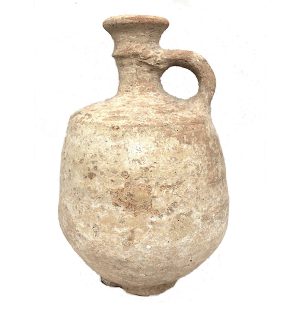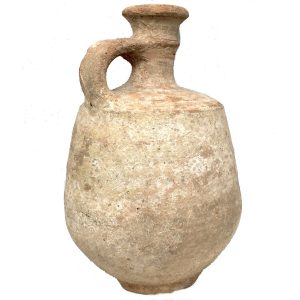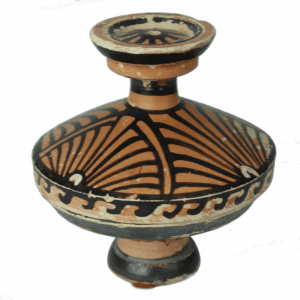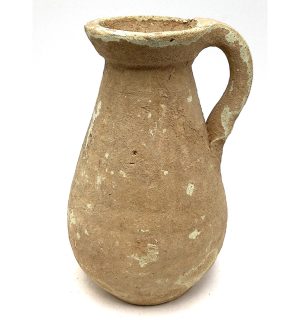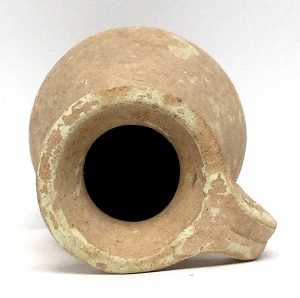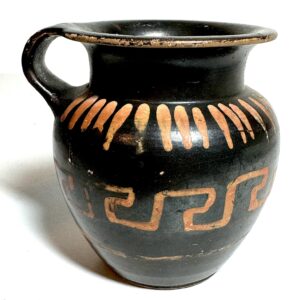Ancient Glazed Ceramic Han Wing Cup, China (1009BOH)
Original price was: $450.00.$310.00Current price is: $310.00.H: 1.5″ W: 5.125 ” D: 3.875 ” | FREE SHIPPING WITHIN CONTINENTAL U.S.!
Used for rituals and ceremonies, lead green glazed earthenware wing cups were popular burial objects. The tomb’s humidity caused the lead to oxidize to a lustrous, prized iridescent, silver-green.

